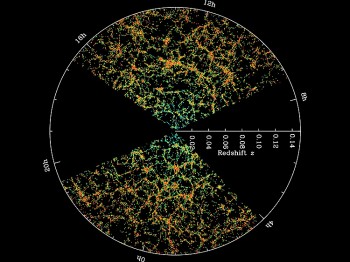Researchers from Ohio State University (OSU) are using a supercomputer to characterize and simplify dark energy—the cryptic force causing the ever-accelerating expansion of the universe.
Led by physicist Chris Orban, a team of experts are creating a dark matter clustering feature using Ohio Supercomputer Center (OSC) systems. This model will provide insights into dark energy’s behavior.
“Knowing how the dark matter ’reacts’ to the expansion of the universe is crucial for learning the most about dark energy and dark matter from large astronomical surveys like the Sloan Digital Sky Survey, of which OSU is a collaborating member,” said Orban in a press release.
“In particular, there is a subtle clustering feature seen in this data set called ‘Baryon Acoustic Oscillations’ (BAO), which turns out to be very useful for constraining cosmological parameters like the equation of state of dark energy.”
The scientists have been working on this project since early 2009, amassing close to 200,000 processor hours on the OSC’s Glenn Cluster—capable of 75 trillion calculations per second—to model the appropriate conditions for the measurements.
These Baryon Acoustic Oscillations can be distinguished by measuring the cosmic microwave background, and were generated when the distribution of hot plasma shifted back and forth in the early universe.







